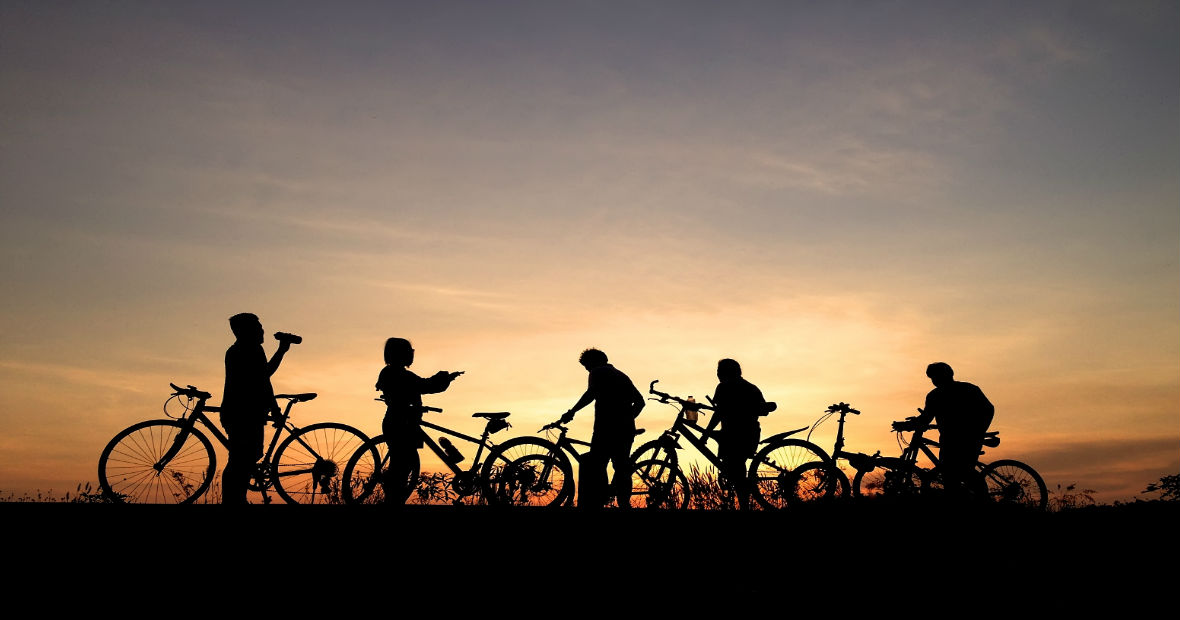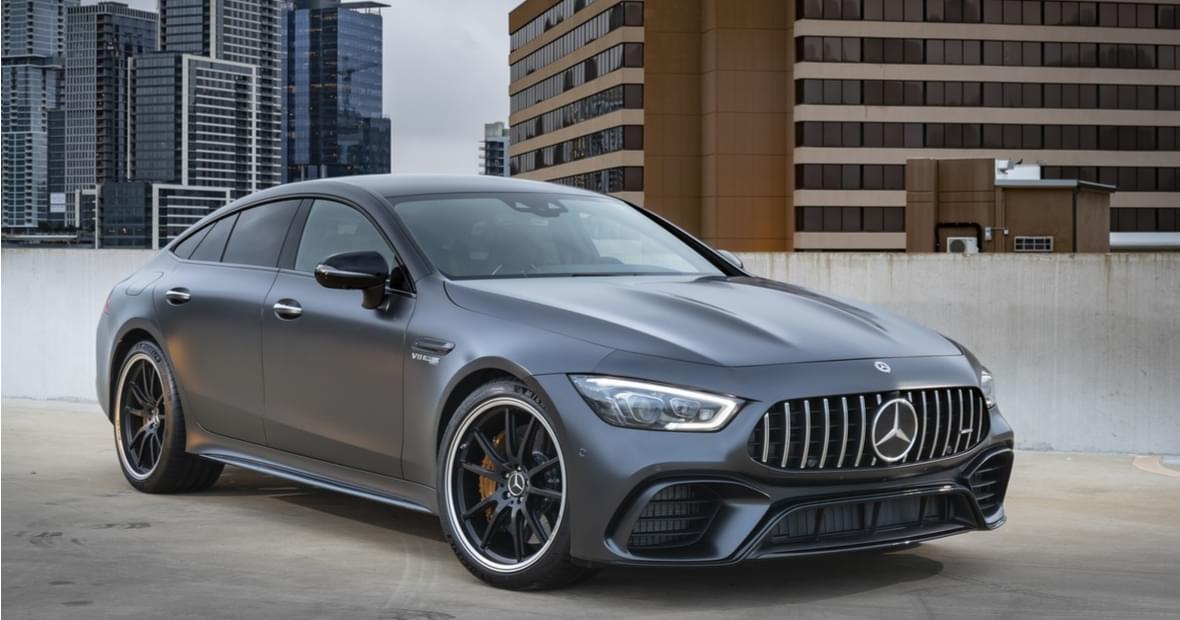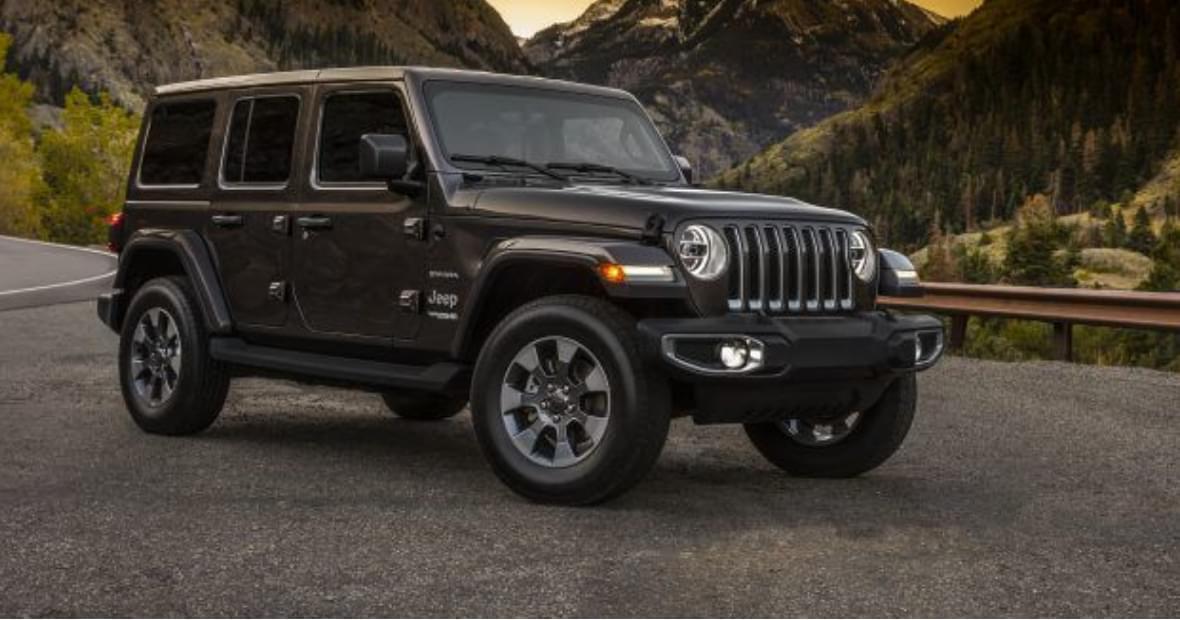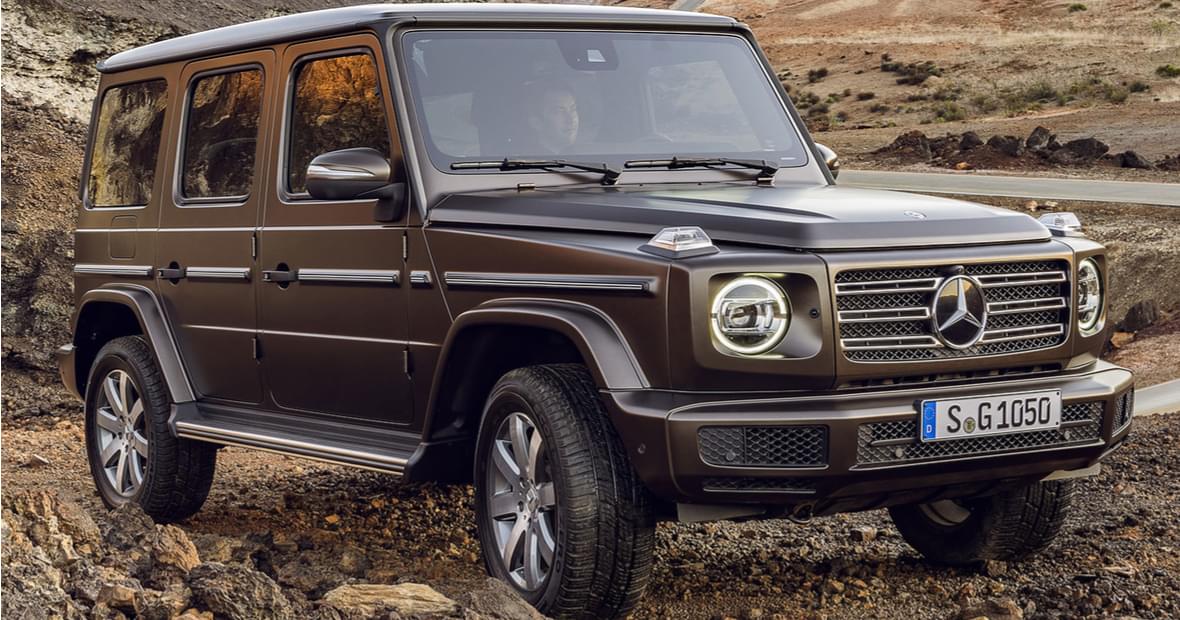The luxury travel industry is seeing a growing demand for real and authentic experiences from their top tier luxury clientele. Where previously, the world’s globetrotters may have been staying at golfing resorts and soaking in spas, an overall trend towards wellness, has enhanced a demand for active luxury travel and private customised tours for elite consumers.
According to Greg Oates, a luxury travel writer at the Skift, he explains this shift whereby “the notion of tapping into the rhythm of local life is a big part of what luxury consumers are looking for to separate their experience from all the others”. Biking and walking tours for example, bring affluent visitors into direct contact with remote communities in new and unpredictable ways.
CEO of Butterfield & Robinson, a high end tour agency that specialises in “slow” biking and hikes, says that slowing down the travel experience allows you to see it more closely, which ultimately makes the whole experience more exciting.
This trend has seen a distinct move away from what what is known as “trophy hunting” where there is a more blatant show of luxury icons that are built into travel experiences. While this is to a large extent still the case in emerging markets such as China and Russia, the American luxury market is prioritising the experience over hard luxury goods. Furthermore, the American market is seen as the predictor of global luxury and travel trends.
An example of a trip co-ordinated by B&R included booking six of their customers into the home of a village chief in the Shan region of Myanmar. In that case, extravagant beds, linens and furnishings were all brought in to ensure a quality luxury experience, while the guests were able to get a close and intimate exposure of the indigenous community with whom they were staying.





